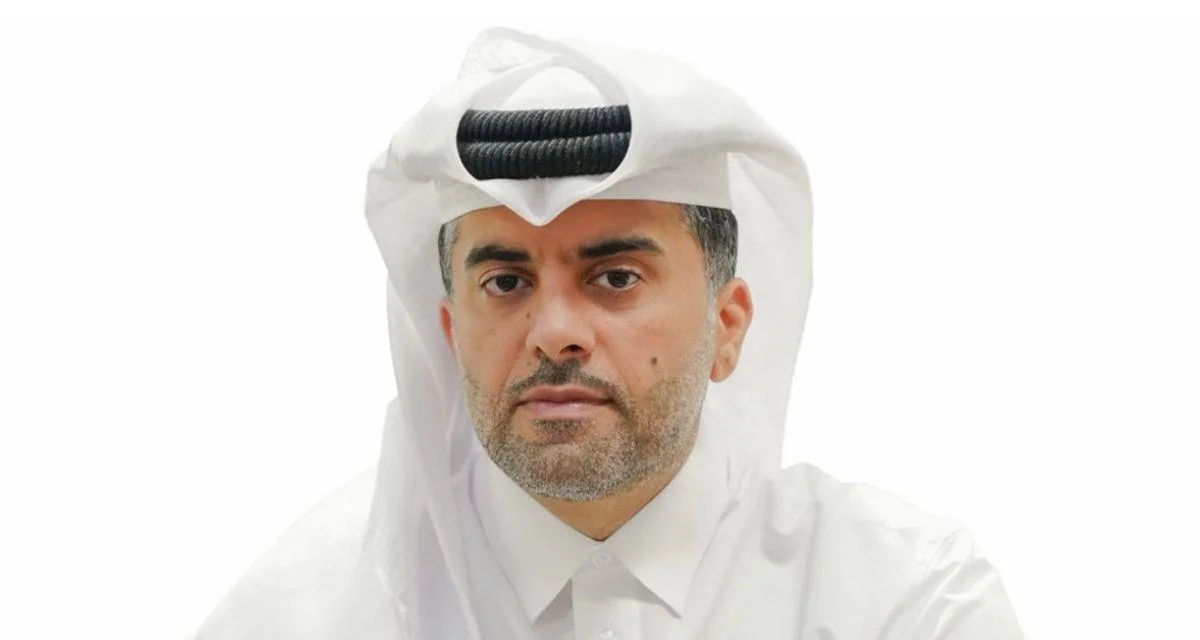However, advances in aircraft technology soon changed market dynamics. Newer models like the Boeing 787 Dreamliner and Airbus A350 offered longer ranges and better fuel efficiency compared to older quad-engine jets like the A380. For example, while earlier widebodies such as the Boeing 767-300ER had limited range, newer models like the 787-9 could fly up to 7,635 nautical miles and compete directly with larger planes on long-haul routes.
During this period, Boeing was also developing larger versions of its own planes—the expanded upper deck on later 747s and projects like the 747-8 and twin-engine 777—following a trend of building ever-bigger jets for growing airport hubs.
Airbus believed that congestion at major airports would increase demand for higher-capacity aircraft since airlines faced difficulty obtaining additional takeoff and landing slots at busy airports. Larger planes seemed a logical solution for carriers aiming to maximize passenger numbers without increasing flight frequency or paying high prices for scarce slots. Dubai International Airport currently sees more than twice as many A380 movements as London Heathrow or Singapore Changi Airport.
Despite its maximum seating capacity of up to 853 passengers in an all-economy layout—significantly higher than other large jets—most airlines never filled it close to capacity due to fluctuating demand on many routes. Even Emirates’ densest configuration only seats 615 passengers.
Originally intended as a base model for future stretched variants like an unbuilt A380-900 (which would have seated around 1,000), today’s A380-800 is left with wings designed for a larger version that never materialized.
One factor limiting its appeal was that it was not built using next-generation materials or technologies; it relied less on lightweight composites than newer rivals such as the Boeing 787 or Airbus A350. According to former Airbus sales chief John Leahy: "Airbus was blindsided by the engine manufacturers in 2000," just before launching full-scale development of the plane. Engine suppliers assured Airbus their products were state-of-the-art at that time but soon released engines with about 15% better fuel consumption for new competing models like the Dreamliner—a disadvantage from which the Superjumbo never recovered.
Ultimately, industry forecasts from decades ago proved incorrect. The expectation that demand for very large double-deck airplanes would continue did not hold true after point-to-point travel became more viable thanks to improved efficiency and range of smaller jets.
All major manufacturers must make strategic bets based on uncertain projections about aviation’s future needs. As market trends shift toward efficiency rather than size, companies including Boeing (with potential new mid-sized models) and startups pursuing novel designs will shape what comes next.
The last A380 was delivered in 2021 after a production run totaling just over two hundred aircraft.
 Alerts Sign-up
Alerts Sign-up




































